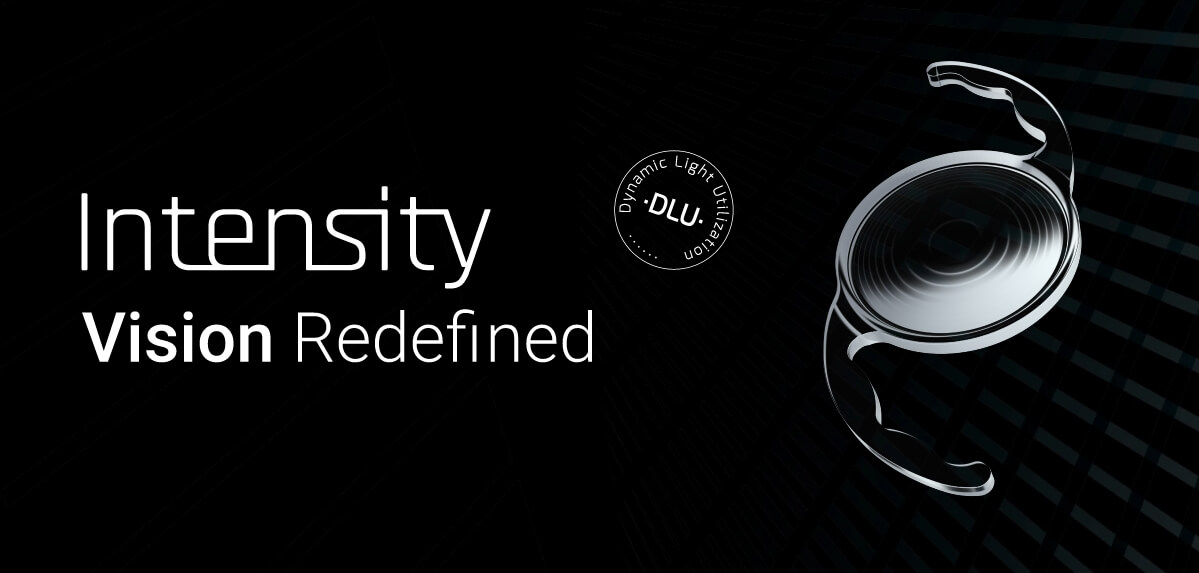The Israeli company that promotes the value of innovation in the treatment of cataract patients
The Hanita Lenses Company, with over four decades of experience in the field of ophthalmic optics is considered to be a leading manufacturer of intraocular lenses for cataract surgeries, with emphasis on improvement of vision quality and acuity. The advanced manufacturing equipment combined with innovative developments turned the Company into a success story on a global scale.
Published by:
| 05 July 2022

Cataract is thought to be one of the most common eye diseases in the world’s population.
Cataract constitutes the main reason for decrease in eyesight in the Western world and is thought to be the main cause of blindness in developing countries. Cataract is a common phenomenon in the aging population (ages 60 and older) as part of a process in which the natural lens of the eye becomes opaque and cloudy, this causes less light to pass through the lens and the final result is a significant decrease in quality of vision.

Yoram Gonen
Photography: Hanita Lenses
The most effective treatment for cataract at the present includes a surgical procedure, in which the natural (opaque) lens is removed, and an artificial intraocular lens is implanted in its place. This procedure often includes a double effect benefiting the patient, which on the one hand allows for transfer of full light through the lens into the eye and at the same time allows for correction of other vision impairments.
Hanita Lenses is a leader with vast knowledge and specialty in this area. The company acts in collaboration with leading ophthalmologists (eye specialists), leading clinics and medical institutions specializing in cataract and treating the effect of the disease, worldwide. Hanita Lenses has accumulated substantial knowledge and gained extraordinary reputation as a world known manufacturer of intraocular lens dedicated for cataract surgery.
The company is one of the established and most esteemed companies in Israel in the field of ophthalmic optics, with over four decades of experience. The company was established in 1981 as a contact lens manufacturer at Kibbutz Hanita, located in the Western Galilee region, and succeeded over the years to adjust itself to the evolving market dynamics, and through integration of advanced technology has become an important part in advancing the cataract and refractive surgical field worldwide.
New lens injection technology
During the first years, the company’s leaders were engaged in production of customized reusable contact lenses, where the company has gained its reputation for 15 years. With the entrance of daily wear contact lenses into the market in the mid-1990s, the long wear contact lenses gradually became less popular and lost a considerable market share, and Hanita Lenses had to reinvent, reorganize, and rebrand itself, and shift from a manufacturing brand to a company engaged in marketing and trading in the field of disposable contact lens.
In the early 2000s, the company has made a strategic decision, a decision, which over time was found to be a game changer. The company decided to focus its resources in the surgical area and develop, manufacture and market intraocular implants dedicated for cataract and refractive surgeries.
“This transition required a very significant shift in the company. First in the perception of the company that switched its purpose from one end to another,” explains Yoram Gonen, CEO of Hanita Lenses about the fundamental transformation the company has made. “Once this was decided, we have acquired reshaped and refined a state-of-the-art technology from the American Benz Research and Development Corp., one of the leading suppliers of implantable lens materials in the world, incorporating vast knowledge in production processes of foldable intraocular lens.”
“If in the past a rigid intraocular lens was used to be implanted into the eye via a large incision, which created problems with cylinders and led to various infections, the new technology we use at the present allows for injection of the foldable intraocular lens via an incision size of approx. 2 mm, compared to a 6-7 mm incisions before with the rigid lens,” he shares.
Advanced premium IOL
According to Gonen, after obtaining the production technology of foldable intraocular lens to be used in cataract surgeries, the company continued to grow and develop its products by recruiting an R&D team and collaboration with top-notch researchers.
“Initially, we started with the basic (mono focal) foldable intraocular lens which allow patients to forego the use of glasses for far vision after the surgery. In the next all-important step, we developed advanced premium IOL’s for patients with astigmatism who require lenses with a cylinder, to address various eye structures as well as development of multi focal lenses, which provides a full solution following cataract surgery, so the patient does not require corrective glasses at all and sees well in all ranges, far and near.”

Hanita Lenses is ongoing engaged in scientific activity
including clinical studies that continue and add to our
huge investment in technology

Yoram Gonen
Investment in technology and R&D
Hanita Lenses has succeeded, as described above in establishing its status as a leader in cataract surgery lens and providing freedom from the need to use glasses, a trend that is increasingly gaining momentum around the world. The most notable innovation that the company is presenting in this area today, includes a unique lens known as INTENSITY. A unique IOL with five focal points, which provides an optimal solution for all vision ranges – far, near and intermediate. This state-of-the-art IOL was launched worldwide following a three-year development process including clinical research and trial led by Prof. Ehud Asia at Meir Hospital in Kfar Saba, Israel. The innovative IOL is featuring a cutting-edge optical design that allows for fully continuous vision for all ranges, and utilizing light rays to the max. The patent protected lens, which operation is based on advanced algorithm, DLU (Dynamic light utilization), uniquely utilizes the visible light that reaches the eye in an optimal way and presents a particularly high light utilization capacity of 93.5% (compared to 88% presented by the competitors). The company points out that this gap has very significant implications as it significantly improves the quality of vision.
At the present, Hanita Lenses operates globally in more than 40 countries worldwide, serving various customers The company facilitates studies in collaboration with leading medical centers for additional products to be launched in the market in the near future.
“Hanita Lenses is constantly engaged in scientific activity including clinical studies that continue and add to our huge investment in technology,” summarizes Gonen. “Our ultimate goal is to continue and maintain the qualitative advantage we have gained at the global level.
To meet this goal, we continue to engage in development of new ophthalmic devices aiming at improvement of clinical results in cataract and refractive surgery.”
A ring preventing secondary cataract
Another product from the company, which is currently under development, and causes much interest and excitement in the medical – scientific community, is the CLEARING for the prevention of Posterior Capsular Opacification (PCO), most common side effect of cataract surgery which may appear several months to a few years after cataract surgery and requires additional intervention. Hanita Lenses notes that they are currently in advanced stages of the ring development. The ring will be implanted in the eye along with an intraocular lens, and potentially coupling with a premium lens which are more susceptible to PCO.
In collaboration with Hanita Lenses
